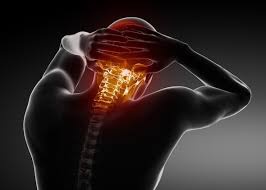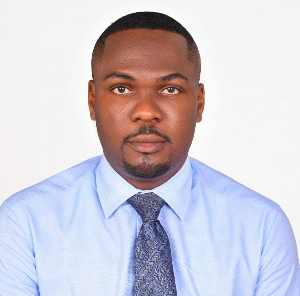Millions of people visit their doctor every year with complains of neck pain. This is what is usually diagnosed as cervicalgia.
Neck pain is not a condition but a symptom which can be caused by different factors.
Causes
Nonspecific neck pain: the cause might include poor posture, neck strain, sporting or occupational activities, anxiety and depression.
Generalised musculoskeletal problems like; osteoarthritis, osteoporosis, fibromyalgia.
Cervical herniated disc lesions and prolapse/pinched nerve.
Cervical spondylosis/Degenerative disease.
Infection of the spine; osteomyletis.
Acute spasm; torticolis.
Non-musculoskeletal causes; respiratory, cardiovascular, gastrointestinal and mengitis.
All persons are at risk of getting neck pain. Research shows that nearly two thirds of people suffer neck pain at some point in their lives.
Neck pain can present in different ways, this depends on the cause and structures involved.
Commonly, neck pain is associated with dull aching. The pain is sometimes worse with movement of the neck or turning of the head.
Other symptoms that are associated with neck pain include: Numbness, tingling sensation, sharp/shooting pain, headache, facial pain, shoulder pain, and upper or lower back pain.
Prevention
If you spend a lot of time at your desk at work or at home you can take precautions to prevent cervicalgia.
Make sure your chair supports your lower back. Your feet should rest flat on the floor, with your knees bent at a right angle. Adjust the armrests of your chair so that your elbows and forearms rest on the chair.
Acute
If you just had an injury, applying ice to reduce swelling and putting a temporary cervical collar to rest your neck would help make the pain less. Sub-Acute/Chronic: Refer to a physiotherapist where by treatment should include use of cold packs, heat packs, manual therapy.
Opinions of Wednesday, 3 August 2016
Columnist: Eunice Kabana
How to deal with common neck pain
 File photo
File photo


















